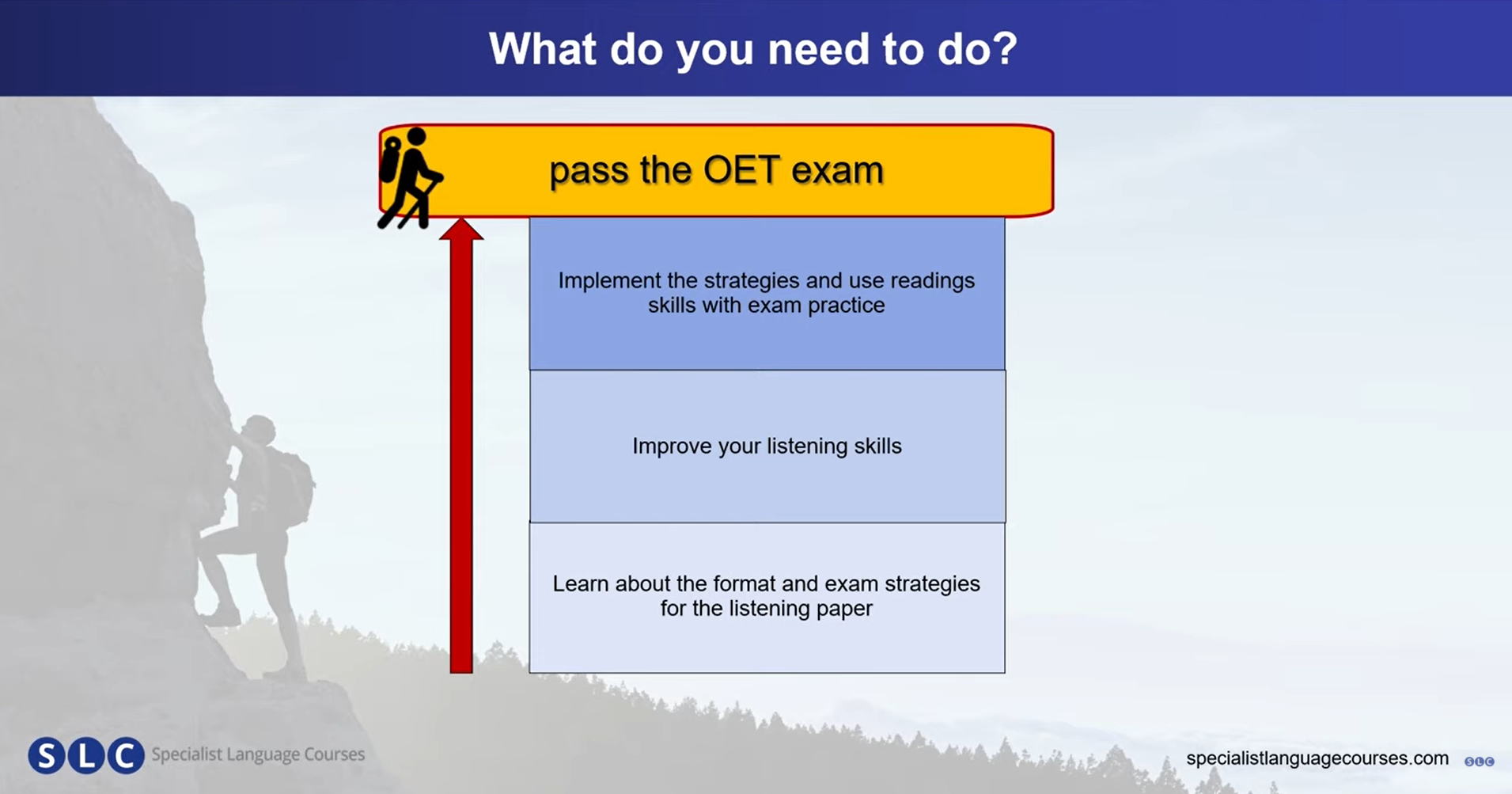Teaching in the socially distanced classroom
by Cambridge English, 28/08/2020 Teaching , Classroom , Schools

Practical ideas for teaching levels B1-C1
During lockdown, learners have had to be more self-sufficient, take responsibility for their learning, and manage their own time. They have had no choice but to work out problems on their own with no classmate and no teacher nearby to ask.
As lockdown is lifted in many places, learners are starting to return to school. They may feel relieved that the sense of isolation they felt at home is over. But things have changed. They find themselves sharing a classroom space, but in the socially distanced classroom, they continue to work apart.
This is a challenge for teachers. The communicative classroom has changed. How can you recreate the energy of students working together and sharing sustained and meaningful interaction? Group work and pair work could be more difficult and the learners may have to spend more time working on their own or as a whole class.
The socially distanced classroom is an opportunity to revisit classroom strategies that build on the skills that were easier to practise at home, as well as developing the language skills they couldn’t practise so easily during lockdown, such as speaking.
Here are some examples of activities that require little preparation and encourage communication in the socially distanced classroom. If your situation allows for pair work and group work, the activities can easily be adapted.
They provide good practice for learners preparing for B1 Preliminary for Schools/B1 Preliminary, B2 First for Schools/B2 First and C1 Advanced but they can also be used in general English teaching.
Process writing
Aims/Exam focus – speaking for fluency, listening for detail, planning and writing a for and against essay.
Materials – notebook and pen.
- Generating ideas
Write a statement on the board for the class to think about and discuss.
Example: Technology has transformed the way we live but not always in a good way.- Divide the board into two sections.
- Label one half of the board agree and the other half disagree
- Divide the class into Group A and Group B and ask them to write in their notebooks:
i. Group A – Agree- ‘We agree with the statement because…’ ii. Group B – Disagree -‘We disagree with the statement because…’ - Ask the class to think about why they agree/disagree and to make notes in their notebooks of two or three ideas. Give them up to five minutes.
- Bring the class back together for whole class feedback. Elicit two or three key ideas under each heading on the board. Summarise each idea in a few words on the board.
- Whole class discussion
- Invite the class to ask questions about ideas generated by the other group.
- Encourage a lively discussion across the classroom, taking care to invite ideas and opinions from everyone.
- Summarise the three or four main ideas to emerge from the discussion, and highlight them on the board.
- Elicit examples of useful language to introduce ideas, disagreeing, giving information and examples, comparing ideas, drawing conclusions.
- Time to write!
P.O.W.E.R. writing – Teach learners the five steps of P.O.W.E.R. writing, which are designed to help learners plan, write, edit and communicate their ideas more effectively in their writing: – P = Prepare – do your research, narrow down your topic and choose the best ideas. – O = Organise – write a plan, think about paragraphs. – W= Write it! – E = Edit your work. Check the question, check for errors. – R = Review and Reflect – Review any feedback on your writing and think about what you can improve on next time.
The Unbelievable Truth
Aims/Exam focus – Listening for detail, speaking for fluency (the long turn) and writing a story, practising narrative tenses.
Materials – Notebook and pen.
Ask students to think about an event that they have experienced, or a story they can tell about themselves. They are going to tell their story to the class.
Their story must include five facts. Three of the five facts in the story must be true, and two of the facts are lies. The class have to listen carefully to each story. The aim is to identify the two facts that are untrue. The person who guesses correctly wins a point and tells the next story.
The teacher models the game first and tells the first story to the class. Give the class ten minutes to make notes about their story in their notebook. Tell them their lies have to be believable!
Follow up – Ask the class to vote for the funniest story, the best liar in the class, the worst liar in the class. Ask the class to write up their stories and create a class display of Our Unbelievable Truths.
Just a minute
Aims/Exam focus – Speaking for fluency (the long turn), listening for detail.
Materials – a list of topics that learners should be able to talk about for up to a minute, a timer.
Choose a strong student and give them the first topic. They have to talk about the topic without hesitating (saying ‘ummm’ or ‘err’), repetition or deviation (changing topic). Start the timer. The learner has to speak on the topic for just a minute.
The class have to listen carefully and interrupt if they notice any hesitation, repetition or deviation. The teacher stops the clock, and asks for the reason, e.g. ‘hesitation – because I heard X mentioned twice’.
If the interruption is correct, the learner who noticed the mistake starts speaking about the same topic. Whoever is speaking at the end of the minute is the winner.
Which is better?
Aims/Exam focus – Expressing opinions in speaking and writing.
Materials – teacher prepares a list of paired nouns, e.g. love and money; cats and dogs; city life and country life. Notebook and pen.
- Groups – Divide the class into Group A and Group B. Write on the board: Which is better? Why?
Group A: Cats are better than dogs because…
Group B: Dogs are better than cats because… - Prepare your argument – Ask the class to spend 10-15 minutes, planning their ideas, making notes.
- Pairs (optional) – If social distancing measures allow, ask learners to compare their ideas with a partner from same group.
- Vocabulary – Elicit useful language to the board for expressing an opinion and giving examples, comparing and contrasting ideas, summarising the argument.
- Present your argument – Learners from each group take turns to present their argument to the class.
- Whole class discussion – Teacher invites questions to encourage a discussion about which is better and why.
- Take a class vote – Add a competitive element and ask the class to vote on which they think is the best.
- Follow up – Ask the class to write an opinion piece of writing to explain why they believe cats/dogs are better than cats/dogs.
Conclusion
As learners return to school, teachers are wondering how they might recreate the familiar classroom dynamic in their new, socially distanced classroom, supporting learners, inspiring confidence and ensuring that learning and safety is not compromised.
With some small changes, activities can be adapted. While we might not get it right first time, as we tell our learners, practice makes perfect. Good luck and happy teaching!








